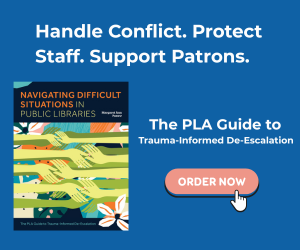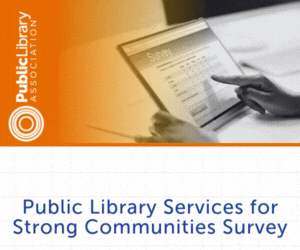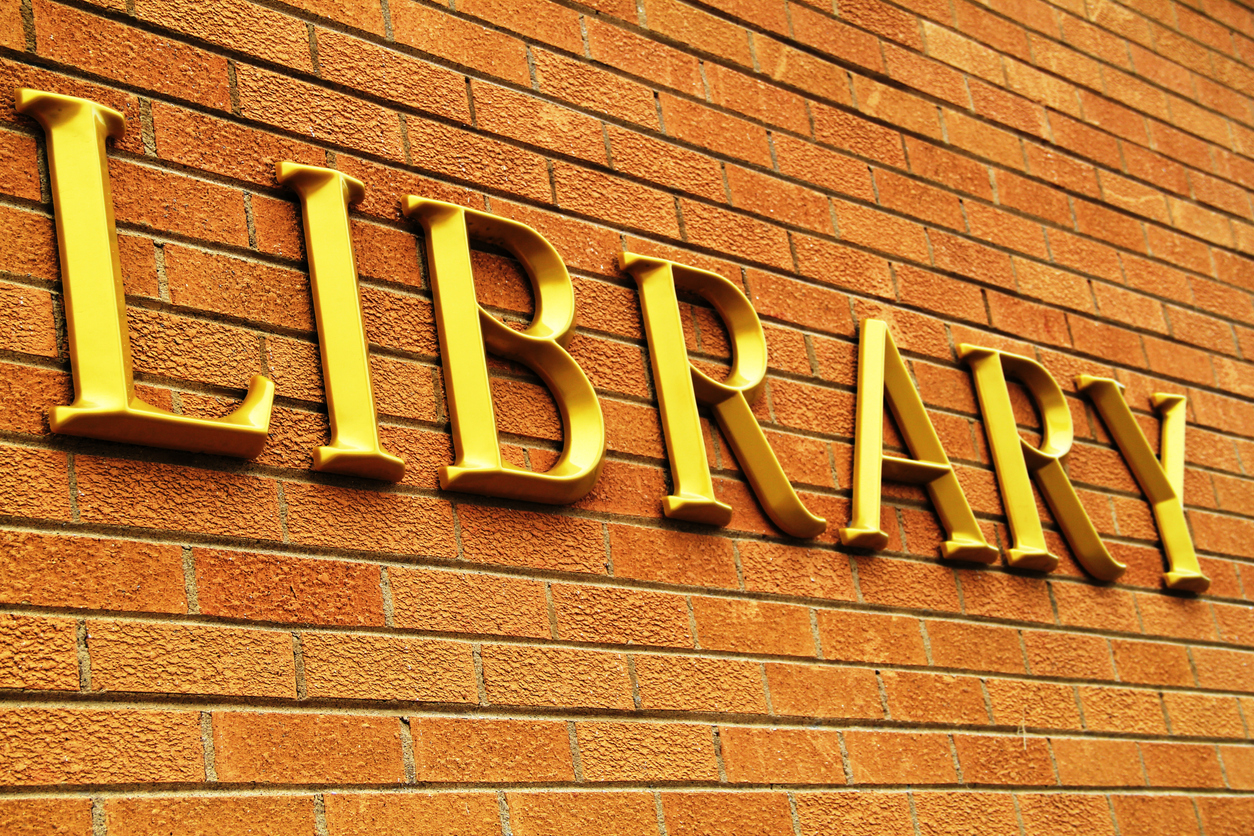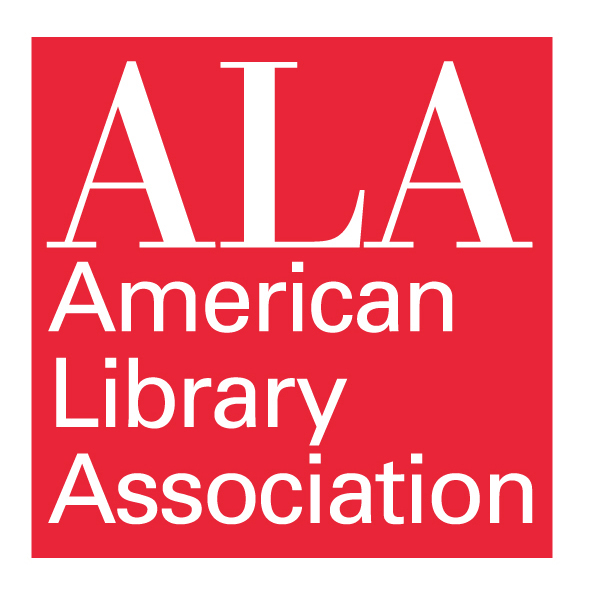“I Wanted A Whole Shakespearean Play Of A Human Body” – Samuel Ashworth On His Boisterous And Adventurous Debut Novel
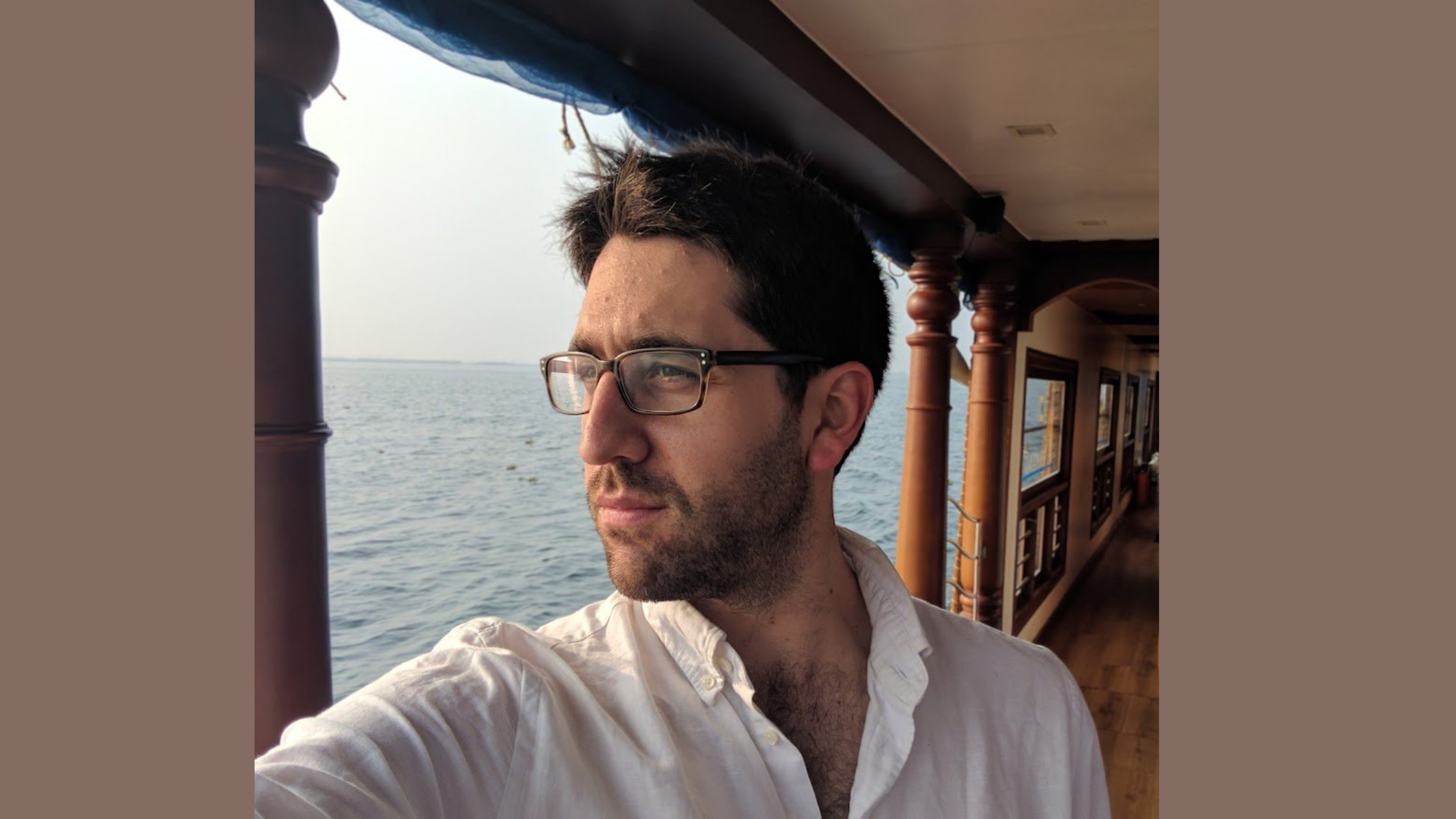
The nontraditional placement of “death” and “life” in the title of The Death and Life of August Sweeney, Samuel Ashworth’s inventive and adventurous debut novel, is intentional. Readers first meet August Sweeney as a corpse on a medical examiner, about to be autopsied by the brilliant Dr. Maya Zhu for a select group of medical students. Maya’s seemingly routine assignment quickly grows more complicated when she realizes that she was hand-selected by August, a celebrated chef, to perform his autopsy before he died. What follows is a boisterous character study as Maya pieces together August’s life story by performing his autopsy, uncovering closely guarded secrets and unknown connections between August and herself. Ashworth’s novel is a result of immense craft and rigorous research, as he spent weeks observing autopsies at a hospital in Pittsburgh and received a grant to work as a prep cook in a Michelin-starred kitchen in France as part of research for the novel. Critics have heaped praise on the book, with The Washington Post declaring, “Like an excellent meal, the memory of Ashworth’s debut novel will linger after it’s finished. It deserves to be savored.” Ashworth spoke about the novel’s unusual research process, his newfound evangelism for autopsies, and creating the Shakespearean character of August.
We learn about the life of August through the autopsy of his body. When did the idea of telling the story through an autopsy first come to you?
That was the original inciting incident for the whole book, for better or for worse. I was living in Boston, and I was working in restaurants. I was sitting at a bar with a colleague, and she started telling me about Mary Roach’s book Stiff. I had never heard of it, and I thought that was the coolest idea for a book I’d heard. I’d always been interested in anatomy, but I hadn’t really done any kind of hard science myself. But I said—and it sort of just fell out of my mouth—“Wouldn’t it be interesting if you could tell a person’s life by dissecting their body?” And then I just stared off in the middle distance for like five minutes. (laughs) She had to wave her hand in front of my eyes! That’s when the whole book took shape, in that moment—not the story, but the why and why it mattered. I always wanted to write a book of the body, where the human body was its own setting, as volatile and exciting and fascinating as any city in literature. The idea the that you could dedicate a whole book to the proposition that even after death, there is still life left in the body as long as we know how to see it, is the kind of idea that gets its hooks into you and doesn’t let go. The practicalities of it, the logistics of it, all that would develop over time, but that was the absolute instant where the book was born.
At what point in the imagining of the story did you arrive at the idea that the body would be that of this world famous chef?
That was the biggest question in the beginning, who was the body on the table? Whose story are you going to tell? To me, fiction is the art of taking the infinite possibility and winnowing them down to the inevitable. For me, that moment came when I walked into my first anatomy lab. It was a cold winter night, and I had driven down to Philadelphia because my friend was a first-year medical student, which meant she had access to a gross anatomy lab. Gross anatomy is the class that every medical student takes in their first semester. Usually what that means is that they’re in a lab with a lot of preserved cadavers. This is one of the uses that Mary Roach goes into in Stiff. By working through their cadaver with a team over the course of the semester, or even the whole year, they learn anatomy. It’s a foundational course for a lot of students. My original conception was, in fact, that my main character would be a medical student and that we would follow them through the semester of gross anatomy. I got into the room and suddenly there’s forty dead bodies in there—and I had never seen one. I had a very strange reaction, which was that I got violently hungry. Really, really hungry, like “I’m gonna eat a whole animal hungry.” And the reasons for that are a little macabre, but my friend told me that apparently it’s a very common reaction. A lot of medical students report this. That’s when I knew that the guy on the table had to be a chef. It was pretty obvious. The idea that I was interested in was appetites, and who better as a subject to explore that idea?
Not only does August have this larger-than-life appetite for food, but also for life itself.
I wanted him to be the most fascinating body he could possibly be. I wanted a whole Shakespearean play of a human body. Partly I wanted that because I needed him to be so compelling to Maya, the doctor, that she would grow obsessed with him. She would be so fascinated she couldn’t look away. As I created August, I wanted him to be this creature driven by pleasure, but also so charismatic, fun, and exciting that he exerts his own gravity on people. He draws people into his orbit. He almost can’t help it, and that’s the secret to his success and ultimately the source of his downfall. That addiction to pleasure that he has was something that I really wanted to explore. Maya also has those desires, but she works very hard to control them, and that’s her journey in the book.
Maya, the autopsist, is such a compelling counterpoint to August. Early in the novel, she talks about the misconceptions of her profession based on how medical examiners are portrayed in pop culture. Can you talk about what those misconceptions are and how Maya subverts them?
Oh, I would love to. (laughs) I wrote this book to be the most accurate representation of both the restaurant industry and the human body and autopsy in literature. I was as serious about it for the restaurants as I was about the medical side, because there are, in fact, so few really complete representations of the hospitality industry in fiction. There are a lot of memoirs, but there’s very little fiction out there.
When it came to the autopsies, I became something close to evangelical. The reason Maya is a doctor and not a medical student in the final version of the book is that I realized the medical student didn’t have the knowledge that I really needed her to have, this sort of savant-like vision. So I needed her to be like a full-fledged doctor. I got very lucky and got to spend two weeks working in an autopsy lab in Pittsburgh. I had a friend who was a resident there, and a very understanding attending let me come in. The minute that I walked into the lab, I knew I had to throw out everything I’d written about Maya. Everything I’d written at that point had been based on what I’d seen on television or movies, and it was nonsense. It just had no bearing on reality.
We’ve all seen dozens of autopsies portrayed on television, whether it’s CSI or NCIS or House or Bones or Law and Order—Law and Order is arguably the most accurate one. But this kind of exposure had left two impressions in our mind. One is that autopsies are only for cases of foul play or medical mystery. Two, that the people who conduct these autopsies are—by and large—morbid, maladapted weirdos. Both of those things are grossly false, and it wouldn’t be as much of an issue if it were just the general population that abides these myths. But it’s not. The reality is, after that semester of gross anatomy, most doctors who aren’t surgeons will never again lay hands or even see the organs that they specialize in. Most doctors have never seen an actual autopsy, which is completely different from the dissection in gross anatomy. There’s no preservative, they happen immediately post-mortem. It’s just a whole different setup.
But as a result, doctors are generally unable to discuss autopsies with family members of people who have recently died. They can’t answer questions with any authority, and they often don’t even know their own hospital’s policies. In any teaching hospital in America, an autopsy is likely to be free of charge and available on demand for any costs. Very few people know that. Often the person asking is a resident, it’s usually the person who’s sort of lowest on the chain of command. They have very little information, and they’re dealing with people whose entire understanding of autopsy comes from what they’ve seen on television, and they don’t have the equipment to engage with any misconceptions that there may be.
The other problem is that it’s actually very hard to say what killed a person. Fifty percent of death certificates in America have an error in the cause of death section. Fifty percent. That’s simply because the doctors are not really taught how to fill out that section. A lot of people just write “cardiac arrest.” Everyone dies of cardiac arrest. It’s not a cause of death. That doesn’t give the family or the hospital valuable information. You have to say what caused it. Sometimes you know, but sometimes you don’t. But the problem is that autopsies are also essential to catching mistakes. In about ten percent of cases, autopsies reveal an error in medical care that if caught, would have led to a different outcome, which means the patient would not be dead. And everyone makes mistakes. The point of an autopsy is to ensure that you don’t make the same mistake twice. But our autopsy rate in this country is 4.3% and that simply isn’t enough. It’s even lower elsewhere, a fact which was driven home violently during COVID when it took us months and months and months to get any kind of actual information on what COVID did to the human lungs.
I’ll end with this part. Do you remember the scrambles for ventilators? And do you remember that suddenly that stopped being an issue? It was because for those first few months, everyone assumed that you need to intubate someone. You needed to pour air into people’s lungs to keep them alive, to give them a chance to get past the virus. It wasn’t until April that we got the first actual pathological data on COVID lungs, and it turned out that they were so filled with microclots and debris, that with all those ventilators, the air had nowhere to go. The autopsy is functionally extinct in China, which is where COVID begins. So it took a very, very long time to get information out of there. It took a long time to get it here, especially because it was very hazardous for pathologists, right? Because it’s an airborne virus. We don’t know anything about it. That changed the standard of care, but it took so long. That’s one example, but it’s part of why I have become so evangelical about promoting the understanding of autopsies and frankly, why I desperately want this book to be taught in medical schools.
I’m fascinated about what the research you did for August, because you worked at a Michelin restaurant, right?
Yes, I got a grant to go and be a stagier, sort of the lowest lowest life form living in a restaurant, in a Michelin-starred restaurant in the south of France. I had run up there. I knew some people who were willing to take a chance on me—that’s the story of this book, really is “I knew a guy.” (laughs)
I’ve worked in the service industry since I was sixteen years old, but almost always in the front of house, so bartending, or waiting tables. I hadn’t worked in the kitchen. I understood the system and the hierarchy, but I hadn’t done the work. And after two weeks, I never wanted to do that work again. But it was extraordinarily important in terms of teaching me how chefs are forged, what the heat and the pressure of that environment feel like when you’re at the very bottom. We have so much media that’s about celebrity chefs—and August becomes a celebrity chef—but I wanted to know where those people begin, because that’s your training. You become the kind of chef that you become based on the world you train in. I don’t know that I could have written August without that experience, or at least if I had, he probably would have been much more based on received wisdom rather than firsthand experience.
August is this world-famous chef, and so much of the book deals with his ambition to achieve greatness and the responsibilities and pitfalls that fame brings. You’ve ghost written work for public figures and famous people. I was wondering if you could talk about how your experience with ghostwriting affected your exploration of fame for August?
It’s interesting because a lot of the ghostwriting happened after the draft was completed. So, in fact, it’s the reverse. My ghost writing was heavily influenced by my understanding of August, my ability to deal with people who are public figures. I know a couple of sort of semi-famous people, family members or otherwise, and I’ve seen how they handle it. I’ve always been fascinated by the experience of fame, especially in America. To be American is often to yearn for fame. It’s a very American desire, I think. Not exclusively, but sort of specifically. I have this basic rubric that I use when I’m trying to craft a story or decide whether a story is interesting. I want to take a person who has an extraordinary life, and then I want to understand how that extraordinary life can begin to feel routine.
I want the reader to meet them on the day when it’s not routine anymore. So fame fits into this thing that those of us who are not famous can think of as extraordinary, but those people who are have a very different relationship with, and the day when that ceases to be routine, I think that that’s full of tension and excitement and entertainment for a reader.
The book is such a New York novel. You take the reader all over the city and to places that maybe a lot of novels wouldn’t delve into, through the span of fifty years. Can you talk about what it meant for this to be a New York novel and why it had to be a New York novel?
Every New Yorker needs to write their New York novel one way or another, but by the time I’d started this, I’d left. I was born and raised in New York, but I left when I was about twenty-four. For me, there was never anywhere else I wanted to set a book. One thing that I like to share is that my father was a restaurant architect who sold creative design restaurants all over New York City. Most of them are gone now because of the natural churn of New York real estate, but every architectural detail of every restaurant in the book is his. It’s something taken from one of his places that I remember. Those restaurants may be gone, but I can protect them. I think that’s something that motivates a lot of New York authors specifically, is the desire to fairly represent New York on the page, because by the time you’re done with a book, it’s probably gone. I’m reading Adam Ross’s Playworld right now, which is set in New York in the early eighties. It’s full of landmarks that I recognize that I know are gone. In the book, I call New York “the skyline of Theseus,” because it’s always being changed and made out of new parts. But what a setting that makes, especially for a book that covers fifty years, right? The very ground underneath August’s feet changes and he struggles with that. We all struggle with that.
Finally, what role has the library played in your life?
There’s so many answers to this question. I mean, it’s the closest thing I’ve known to a Temple. I grew up Jewish, I grew up in the temple, but I’ve never been in a synagogue or a church that made you flare with possibility the way standing in the stacks of a library does. When I was fifteen years old, I went to the Long Room of the Trinity College Dublin library in Ireland, which is, I think, arguably the most beautiful room on earth, library or not. It left such an impression on me that I went there for college. Right out of high school, I just went to Ireland to go to that library. Turns out you’re not allowed to take books out of that room. (laughs) I didn’t realize that. I adore libraries. They’re one of humanity’s great ideas.
Tags: Samuel Ashworth


